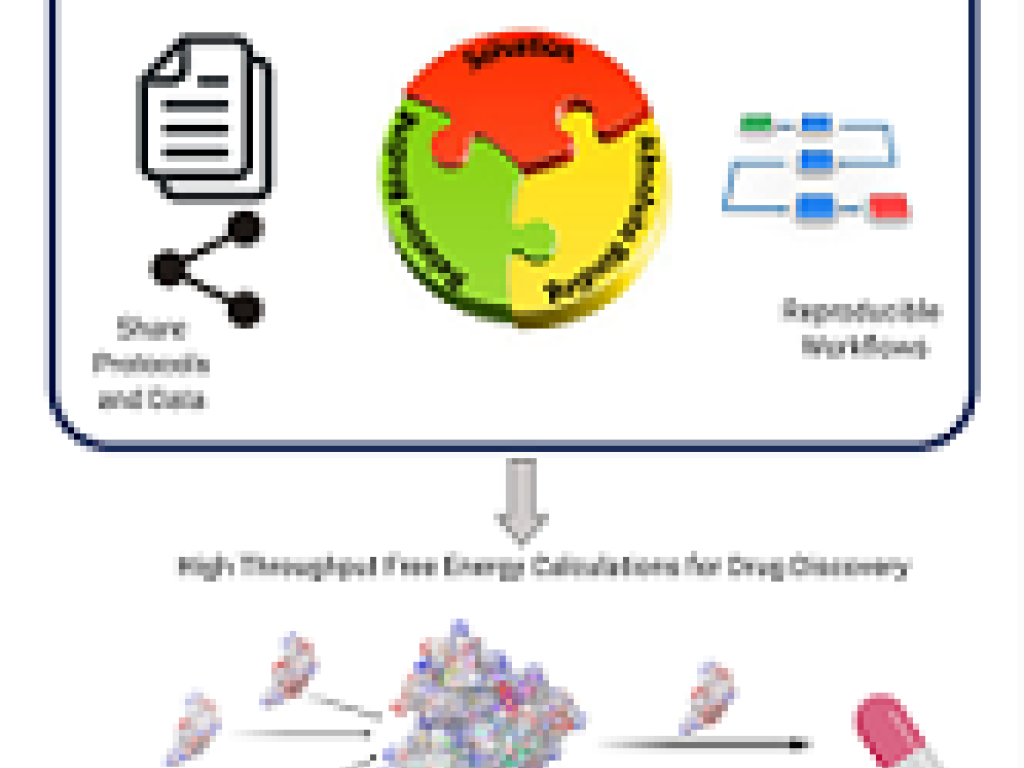BRIDGE: An Open Platform for Reproducible High-Throughput Free Energy Simulations

Recently published in the Journal of Chemical information and Modelling from the SCRU Lab is BRIDGE see citation : An Open Platform for Reproducible High-Throughput Free Energy Simulations. This research was undertaken by Tharindu Senepathi as a part of his PhD project supervised by Prof. Kevin J. Naidoo and co-supervised by Dr. Christopher Barnett.
The paper presents BRIDGE (or the Biomolecular Reaction and Interaction Dynamics Global Environment), an open-source web platform developed with the aim to provide an environment for the design of reliable methods to conduct reproducible biomolecular simulations. Built on the Galaxy bioinformatics platform, BRIDGE is able to centralize components of workflow, including protocols for experimentation. This construction improves the accessibility, shareability, and reproducibility of computational methods for molecular simulations.

The BRIDGE open platform makes it easy for nonexperts to use, as well remotely contribute to a shared project. This makes the discovery of inhibitors for drug targets accessible to nonexperts and the computer experiments that are used to arrive at leads verifiable by experts and reviewers. The authors illustrate this on β-galactoside α-2,3-sialyltransferase I (ST3Gal-I), a breast cancer drug target, where a combination of RBFE and ABFE methods are used to compute the binding free energies of three inhibitors.
